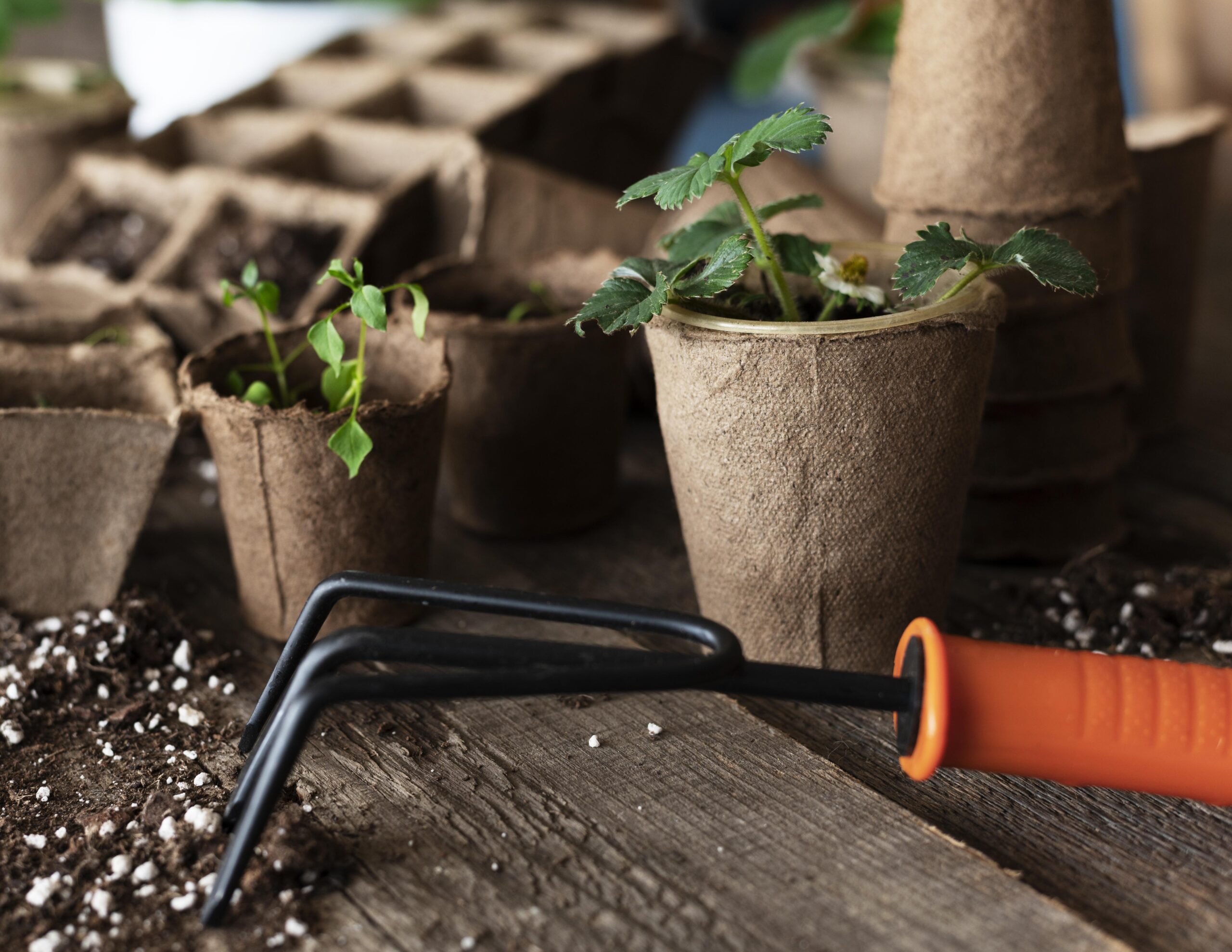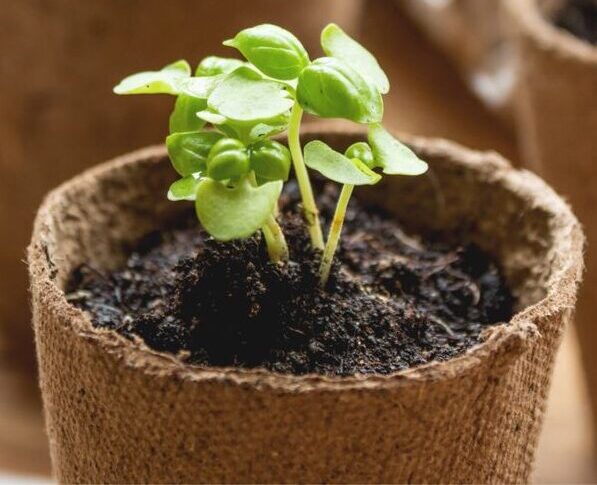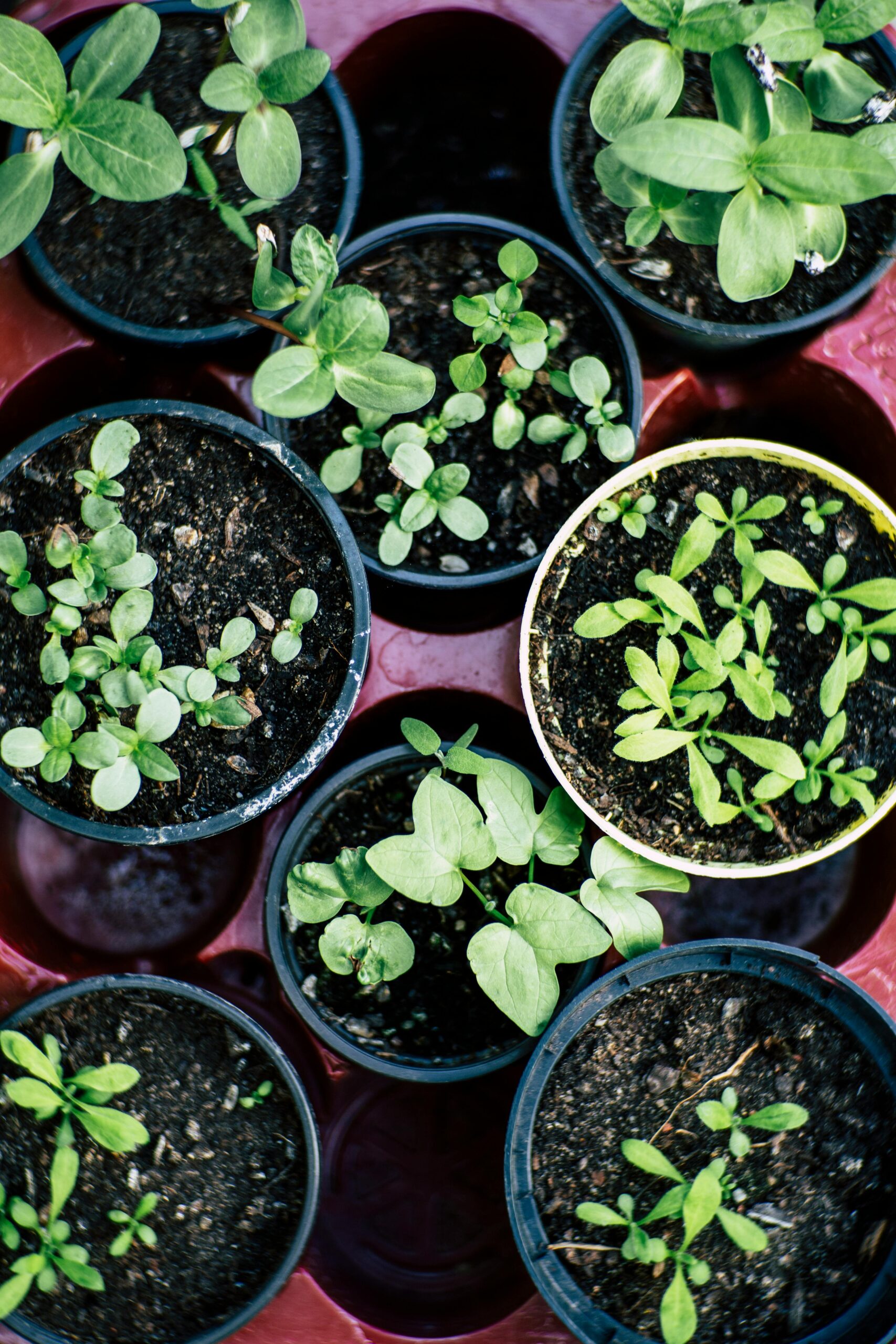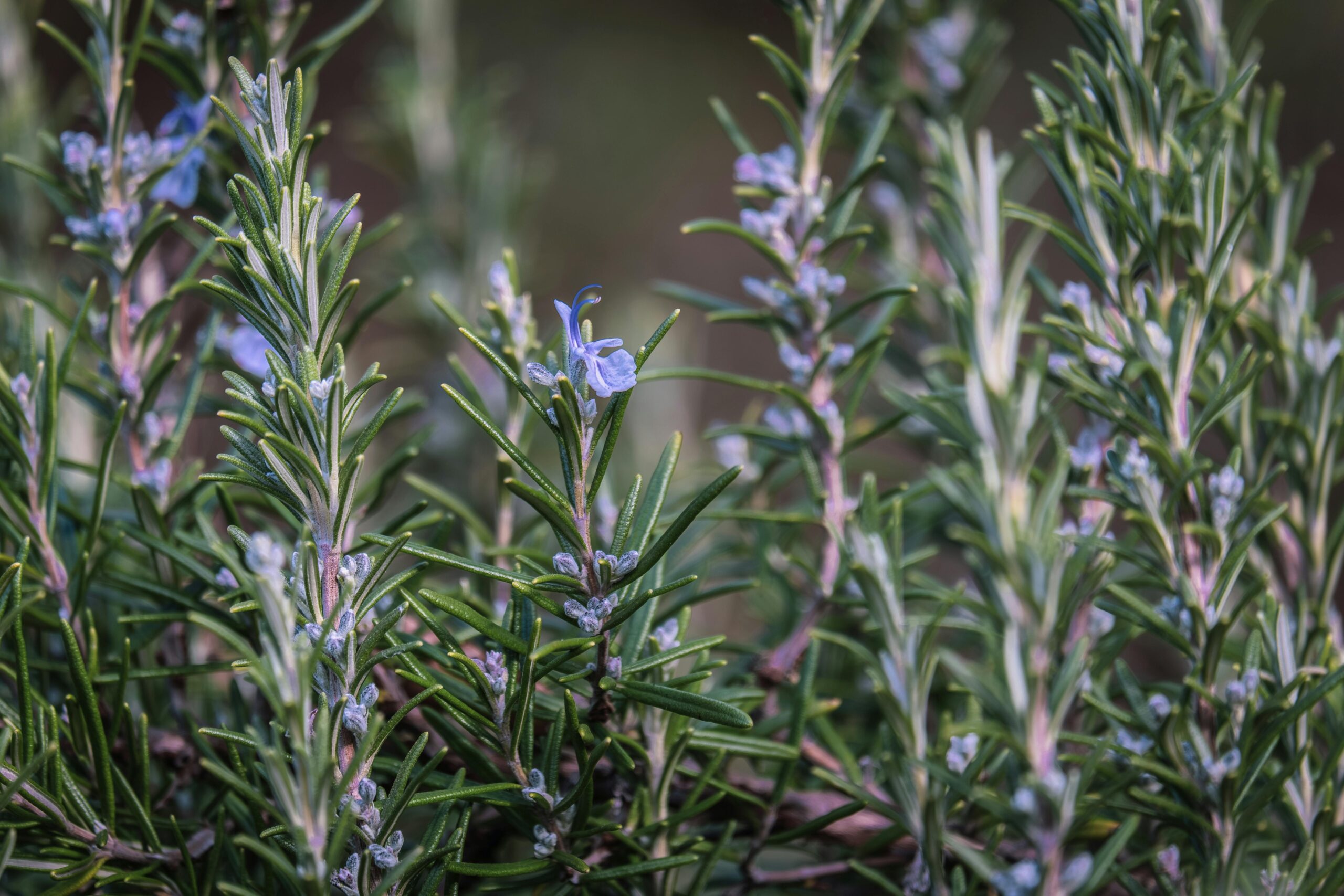
Growing herbs at home has become more than a trend—it’s a lifestyle choice. Among these, growing rosemary stands out for its rich aroma, culinary versatility, and health benefits. Whether you’re flavoring a dish or preparing a natural remedy, having fresh rosemary at your fingertips is a joy.
Thanks to its hardy nature, rosemary thrives in containers, making it perfect for balcony gardens or sunny windowsills. And when it comes to choosing containers, coir fibre pots are a sustainable, eco-conscious alternative to plastic. These biodegradable, breathable pots made from coconut husk fibres help conserve water and promote healthy root systems.
At Sanjeevini garden, our trusted gardening partner, we advocate for sustainable growing solutions that benefit both plants and the planet. In this guide, we’ll show you how to grow rosemary at home the green way—using coir fibre pots.
As eco-friendly gardening continues to grow in popularity, more people are ditching plastic for sustainable, compostable alternatives. Coir fibre pots (10 best herb plants to grow in Coir Pots) from Sanjeevini Garden are at the forefront of this movement, offering an earth-conscious solution for nurturing plants without harming the planet.
Choose Sanjeevini Garden to grow green—naturally and responsibly.
Coir fibre pots are made from natural coconut husk fibres—a renewable resource that’s both biodegradable and breathable. These pots are:
Switching to coir pots is not just better for your rosemary plant—it’s better for the planet.
If you’re new to gardening, rosemary is a great place to begin. It’s robust, low-maintenance, and smells divine.
Choose your variety based on your space and styling preferences.
Let’s walk through the step-by-step process of growing your rosemary plant the sustainable way.
Once established, rosemary is one of the easiest herbs to care for—perfect for beginners and busy plant parents.
Growing herbs like rosemary is a great way to begin your journey into home-based greenery. If you’re new to indoor planting, check out our guide on how to start indoor gardening for helpful tips and setup essentials
Using coir fibre pots brings both gardening and environmental advantages.
A greener garden starts with a single pot—and coir makes it easy.

At Sanjeevini Garden, we believe gardening should be kind to the Earth. Our coir fibre pots reflect that mission.
We proudly promote products that:
Join our movement to make every garden a green zone.
Coir fibre pots are just one of the many essential tools for herb gardening. If you’re planning to build a complete indoor gardening setup, don’t miss our blog on the 10 must-have supplies for indoor gardening.
Growing rosemary at home is easy, fulfilling, and sustainable—especially when using coir fibre pots. These natural containers support healthy plant growth while reducing your ecological footprint.
Start small with a rosemary pot on your windowsill or balcony and enjoy fresh herbs all year long. With the right care, your coir-grown rosemary will thrive—flavoring your meals and freshening your home.
Explore eco-friendly gardening products with Sanjeevini Garden, and be part of a greener tomorrow—one pot at a time.
What are the advantages of using coir fibre pots for herbs?
Coir pots offer excellent root aeration, retain moisture, and break down naturally in soil—ideal for herbs like rosemary.
Can I grow rosemary indoors in a coir pot?
Yes! Just ensure it gets enough sunlight (6–8 hours) and good drainage. Coir pots are great for indoor use.
How long do coir fibre pots last?
Typically 6 months to 2 years, depending on conditions. They gradually decompose and enrich the soil.
Do I need to repot rosemary often?
Rosemary grows slowly. Repot once a year or if it outgrows the pot. You can plant the coir pot directly in a larger container or ground.
Where can I buy coir pots in India?
Visit Sanjeevini Garden online or check your local nursery for quality, sustainable coir fibre pots.




+91-7019960850
sanjeevinigarden@gmail.com
Sanjeevini Garden Products, KAN-4-36/2, Coastal Farms (formerly chicken) road, Padil-Kannuru, Mangaluru 575007
Copyright © All Right Reserved